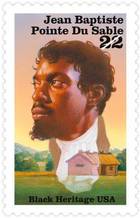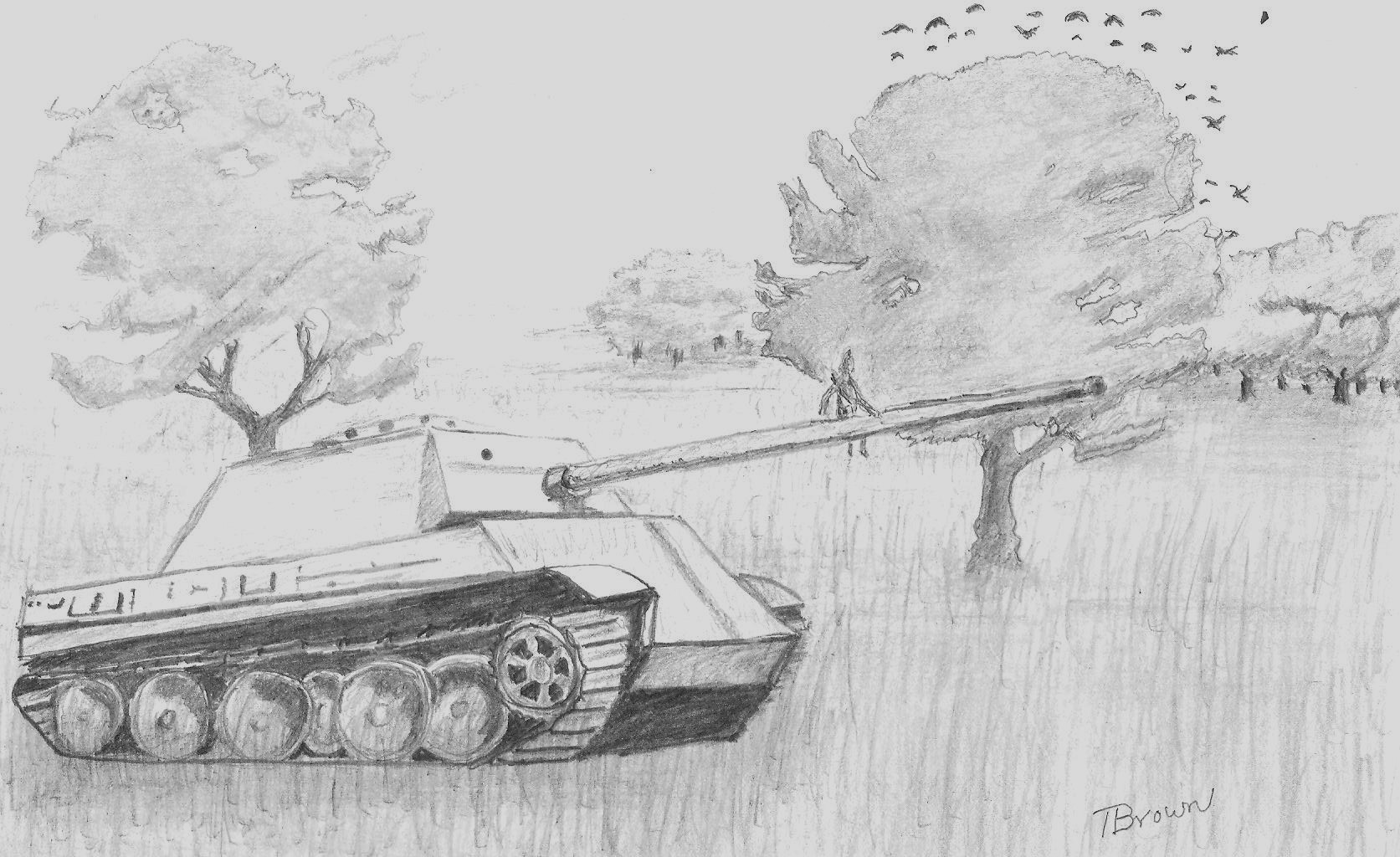
In the story of Bentari, many historical events are important parts of the backdrop. The main conflict is between German soldiers during WWII and native people living an ancient tribal lifestyle. Some events are mentioned with attention to historical accuracy, e.g. how Hitler wrote Mein Kampf, the general way in which Hitler’s National Youth program fueled his growing armed forces, the German invasion of Norway, and the Allied victory in Egypt at El Alamien. Other events, e.g. the great Bantu Migration[1], are factual. Yet the particular history of Bentari’s tribe, the Mbara, is my own fiction, as are the characters and the interactions between the battling soldiers and warriors.
History is an important theme in my story. There is the fascinating history of Bentari’s own family—a heritage rich with equal shares from Europe and from Africa. There is the history of Bentari’s tribe—what led his people centuries ago away from the rich lands of the great Mansa Musa[2] and into the forest, there to live in isolation protecting a mysterious treasure? Most importantly, there is the brief history of young Bentari himself—how had his parents played with him and taught him exciting lessons, things that he would need to know for his own and for his tribe’s survival?
Every single one of us owns an ancestry that is genetically diverse. Not one single human has blood from one “race” only. It is our blood’s diversity, after all, that makes it strong, for a mixed gene pool is necessary in the long run for survival.
This historical/biological fact underscores the unusual tension between Jürgen Heimhalter, a powerful and handsome German officer, and the African boy who he seeks to capture for hostage. Heimhalter considers himself to be a member of a superior race—Űbermenschen—his Nazi Youth upbringing taught him this. Yet through their adventures, the German’s eyes and heart learn different lessons that cause him to wonder.
The blog entries that follow for the next few weeks will examine history. The Bentari Project hopes that you will enjoy our examination—a trip through time and across continents and oceans: a journey to honor February. It is African-American and Black History Month!
Image #1: Commemorative U.S. Postal stamp[3]—Jean Baptiste Point du Sable—Chicago’s Founder
Image #2: the author’s representation of a scene in Bentari (background inspired by artwork of Amine Errahli). From chapter 1, “The Calm”:

“He swung from the longcannon and peered into an empty barrel. The boy had no inkling that vast destruction had once spewed forth from that quiet, dark metal pipe.”
[1] See: http://en.wikipedia.org/wiki/Bantu_expansion and http://www.mnsu.edu/emuseum/cultural/oldworld/africa/bantu.html
[2] See: http://en.wikipedia.org/wiki/Musa_I_of_Mali
[3] See: https://www.blackhistorystamps.com/basc/?bda1798cb6ac4b138f9c84f2c1855d42